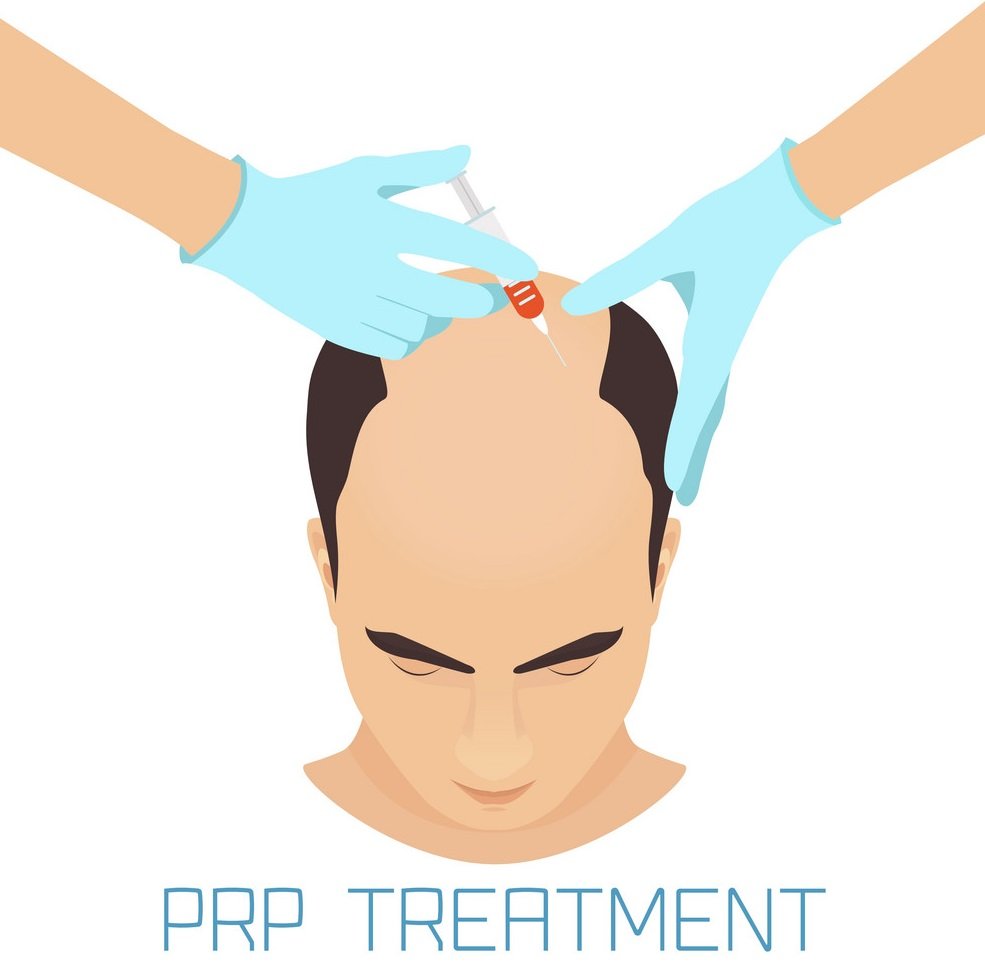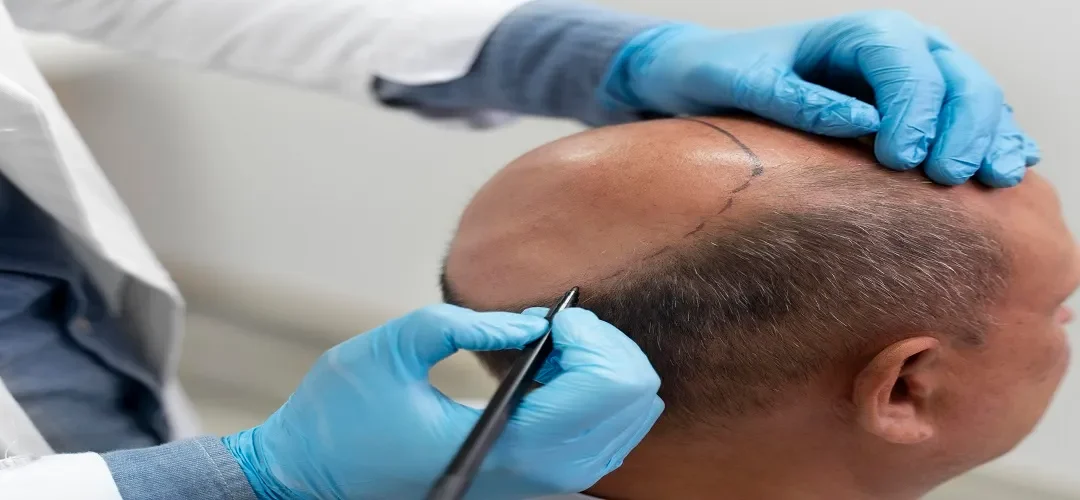
Hair loss is one of the most serious issues faced across the globe. There are a plethora of treatments, medications, topical ointments, and lotions available that promise to prevent hair fall and encourage the growth of new hair.
Platelet-rich plasma or PRP has emerged as yet another reliable alternative to treat hair loss. Faridabad’s leading dermatologist Dr. Archit Aggarwal shares his insights on how safe and effective is PRP for treating hair loss.
Dr. Archit Aggarwal begins by explaining what PRP is actually. He states PRP or Platelet-rich plasma is sourced from the bloodstream and is injected into the affected area to improve the musculoskeletal conditions, skin conditions, and now hair loss treatments.
In the past, there have been exceptional results in improving skin textures and musculoskeletal conditions, and hence attempts to treat hair loss have gained importance.
The connection between PRP and preventing hair loss
Our blood comprises four primary units viz. red blood cells, white blood cells, plasma, and platelets. The main function of platelets is to encourage cell growth and regeneration. The PRP injected into the affected area contains more than 5 times the concentrated platelets than that found in the regular blood. This fortified PRP accelerates tissue regrowth. With reference to hair loss, the platelets are injected within the scalp i.e. near the hair follicle for stimulation of dermal papilla cells and stimulating their growth, and preventing hair fall.
PRP is full of stem cells that assist in hair rejuvenation and hence patients can expect new hair and enhance the density of hair in the patient’s scalp. It proved to be an ideal hair restoration treatment without performing any invasive procedures.
How is platelet-rich plasma obtained and injected?
Blood is drawn from the arm and spun into a centrifuge, a machine that spins at great speed to separate the platelets and other units from the blood. The top layer of the spun blood is the plasma while the lower layer contains the plasma which is termed as PRP.
The collected PRP is directly injected into the scalp where there is distinct hair loss. In general, three sessions, one each month make up a treatment plan followed by maintenance sessions scheduled at a gap of every three or six months as per requirement.
After-care post PRP treatment for hair
- After PRP treatment, you can resume normal activities.
- Washing of hair is advisable one day after the PRP treatment
- Avoid exercising only on the day of treatment
Dr. Archit adds that his experience suggests that PRP is suitable to treat androgenetic alopecia or hormone-related baldness, which occurs in both men and women. Also, he has combined PRP with topical applications of minoxidil or oral finasteride, an anti-androgenic drug. As of now, there is no evidence of its performance in patients suffering from alopecia areata or telogen effluvium, which is stress-related hair loss or any other scarring hair loss.
Who is eligible for PRP treatment for hair loss?
Dr. Archit, a leading dermatologist in Faridabad recommends PRP treatment to patients who are recently witnessing hair loss issues. Patients who have lost hair a couple of years ago are not so very suitable for this treatment with regards to the expectations of their outcomes.
Platelet-rich plasma hair loss therapy is considered safe and does require maintenance sessions too. It would be ideal to discuss with the treating doctor the exact procedure including costs and what to expect from a PRP for hair loss treatment before signing up for it.
However, he advises choosing a well-experienced dermatologist to perform the PRP procedure for best results. He states that patients are likely to experience redness, headache, pain, and hair shedding on a temporary basis. PRP is not recommended for people suffering from autoimmune disease or bleeding disorders.
In the near future, Dr. Archit Aggarwal hopes that progress in research related to PRP techniques offers solutions to better penetration procedures and their usefulness in treating complex hair loss issues.

